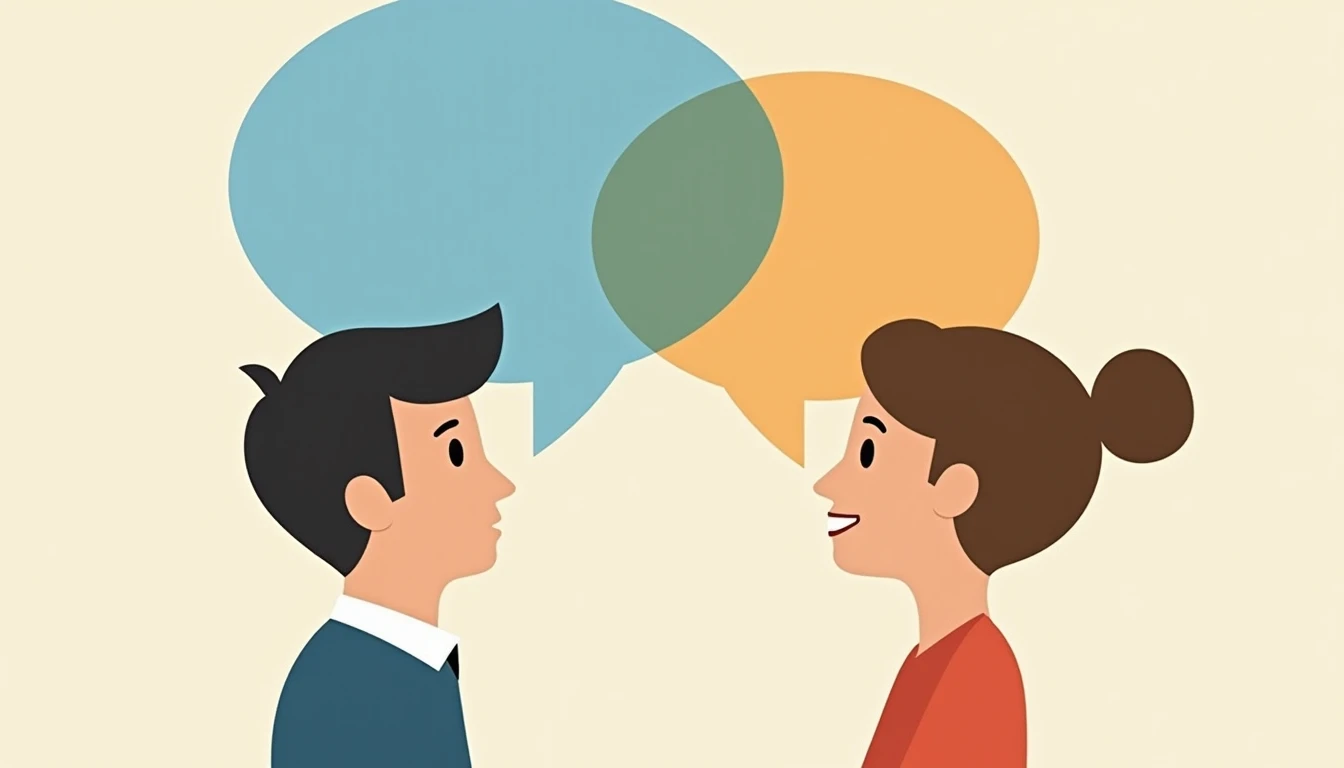In today’s fast-paced world, effective communication has never been more crucial. Whether in personal relationships or professional settings, the ability to truly understand and connect with others is a key factor in success and happiness. One of the most powerful yet often overlooked aspects of communication is active listening. By mastering this skill, you can enhance your relationships, advance your career, and unlock a wealth of benefits for yourself and those around you.
Understanding Active Listening
Active listening goes beyond simply hearing the words being spoken. It involves fully engaging with the speaker, seeking to understand their perspective, emotions, and underlying messages. To become an active listener, you must first recognize that effective communication is a two-way process that requires equal effort from both parties.
When you actively listen, you are not just waiting for your turn to speak or formulating your response in your head while the other person is talking. Instead, you are fully present and attentive, using non-verbal cues such as maintaining eye contact, nodding, and providing verbal feedback like “uh-huh” or “I see.” This shows the speaker that you are engaged and interested in what they have to say.
Another key aspect of active listening is suspending judgment. When we listen with an open mind, we allow ourselves to truly hear and understand the other person’s point of view without immediately evaluating it against our own beliefs or experiences. This creates a safe space for honest communication and allows for deeper connections to form.

The Benefits of Active Listening
The benefits of active listening extend far beyond the immediate interaction. By consistently practicing this skill, you can experience a wide range of positive outcomes in your personal and professional life.
One of the most significant advantages is that it strengthens relationships. When people feel heard and understood, they are more likely to trust, respect, and feel connected to you. This applies to all kinds of relationships, from close friendships and romantic partnerships to professional collaborations and team dynamics.
Active listening also enhances your problem-solving abilities. By fully understanding the root causes and perspectives involved in a situation, you can approach challenges with greater insight and come up with more effective solutions. It’s like having access to a wealth of diverse information that helps you make better decisions.
In addition, active listening can boost your confidence and leadership skills. When others feel valued and heard by you, they are more likely to follow your lead and support your ideas. This can open doors to new opportunities and advance your career in ways you never thought possible.
Overcoming Obstacles
While the benefits of active listening are clear, it’s important to acknowledge that there may be some obstacles in your way as you work to develop this skill. One common challenge is the tendency to focus on formulating your response rather than fully engaging with what the other person is saying.
To overcome this, try practicing mindfulness techniques such as deep breathing or focusing on the present moment. You can also use mental tricks like silently summarizing key points in your head to keep yourself engaged and attentive.
Another obstacle is the fear of conflict or disagreement. It’s natural to want to agree with others and maintain harmony, but active listening requires being open to different perspectives, even if they challenge your own beliefs.
To address this, try reminding yourself that understanding someone else’s viewpoint doesn’t mean you have to agree with it. The goal is to truly grasp their perspective, not necessarily to find common ground. This approach can help create a more open and honest dialogue.
Practical Tips for Active Listening
Now that we’ve explored the concept and benefits of active listening, let’s dive into some practical tips for implementing this skill in your daily life:
1. Give your full attention: Put away distractions like your phone or laptop, and maintain eye contact with the speaker. This shows you are fully present and engaged.
2. Show non-verbal cues: Use nods, verbal affirmations (like “uh-huh” or “I see”), and open body language to indicate that you’re listening.
3. Clarify and summarize: Periodically paraphrase what the other person has said to ensure understanding and demonstrate your active engagement.
4. Ask open-ended questions: Encourage the speaker to elaborate by asking questions that can’t be answered with a simple “yes” or “no.” This shows genuine interest in their perspective.
5. Suspend judgment: Try to understand the speaker’s viewpoint without immediately evaluating it against your own beliefs or experiences.
6. Be patient and empathetic: Give the other person time to express themselves fully, and try to see things from their point of view.
Becoming a master communicator is a journey that begins with a single step: actively listening. By embracing this skill and integrating it into your daily interactions, you can transform not only your communication abilities but also the quality of your relationships and your overall life satisfaction.



